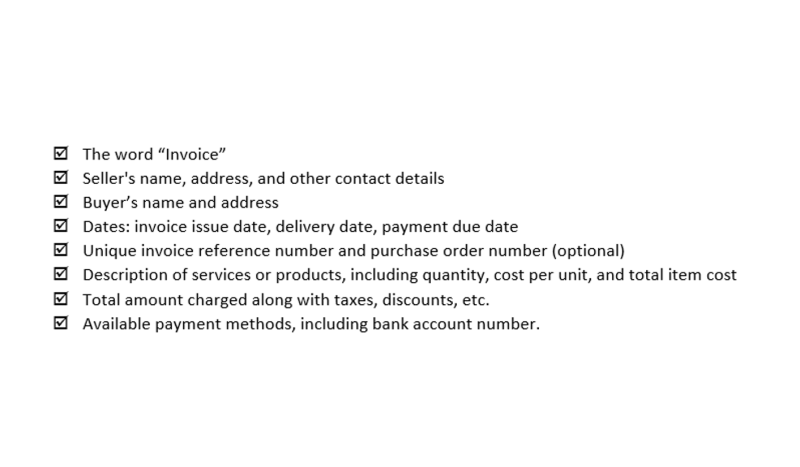
At such times, it is better to switch to more advanced software and accounting methods like construction in progress accounting to ensure your business doesn’t lose its grip on finances. Our knowledgeable team has decades of experience managing construction company accounts, and you can feel confident that we will navigate your company’s specific situation with care and expertise. The first stage – assets are acquired or constructed – may be quick or may take an extended period of time. On one side, there are computers, vehicles or similar fixed assets which don’t require much additional preparation work after they are purchased before they can be used by the company. On the other side, there are assets that may take weeks, months or event years before they are fully functional and ready for use. CIP represents the costs of construction projects that are still in progress and not yet completed.
Companies that don’t track CIP costs accurately and separately make their records more complicated than they need to be. Mixing CIP projects with others create a hazy picture of business finances as it indicates that a company is generating expenses that are producing zero profits. Thus, to keep things simple and the balance sheet balanced, it is best to keep them separate.
Challenges and Complexities in CIP Accounting
Other businesses may opt for quarterly WIP reports, while some only run them at the end of projects. It’s best practice to create a company-wide WIP report and a WIP report for each job to give you greater oversight of the well-being of your company as a whole, and of individual project progress. Another objective of recording construction in progress is scrutiny and audit of accounts. The construction in progress can be the largest fixed asset account due to the possibility of time it can stay open.
- Because construction projects necessitate a wide range of prices, CIP accounts keep construction assets separate from the rest of a company’s balance sheet until the project is complete.
- Manual data entry and calculations are time-consuming and leave plenty of room for error.
- There are several key accounting practices that construction companies and contractors should understand when working with a construction CPA firm.
- All the costs of assets under construction are recorded in the ‘Construction In Progress Ledger Account.’ They are shifted to the asset side of the balance sheet from the ledger.
- Columbia Business School faculty members are world-renowned — not only for generating new thinking in their fields but also for having a genuine impact on current business practices.
- The cip account is basically just an account for recording all the different expenditures that will occur during a construction project.
A construction company might come to your mind by reading the phrase “Construction In Progress.” Indeed, construction in progress accounting is mostly used by construction firms. Besides business dealing in building huge fixed assets, also use construction in progress cip accounting accounting. The Completed-contract method is an accounting method of work-in-progress evaluation, for recording long-term contracts. GAAP allows another method of revenue recognition for long-term construction contracts, the percentage-of-completion method.
Construction in progress
Construction in progress accounting, also known as CIP accounting, monitors, and records costs, revenues, and expenses of construction projects from their start until completion. When construction companies and contractors maintain detailed accounting records, they can accurately reflect the financial status of a project. CIP accounting also ensures transparency with clients and helps a company make effective decisions that affect the bottom line.

To account for construction in progress (CIP), one must track the costs of ongoing construction projects that have not been completed and are not yet ready for their intended use. However, the https://www.bookstime.com/ term ‘ construction under process’ is used when the company is making construction contracts. It can be a selling contract of building a ship, airplane, building, or other fixed assets.
Predicting profitability is difficult
It would be unrealistic for the business to record no revenue for the years they are working on the ship and then record a few million dollars in the year the ship is finished. Instead, they recognize revenue and expense by allocating it to accounting periods over the life of the project, based on how much of the project is finished. Revenues and gross profit are recognized each period based on the construction progress, in other words, the percentage of completion.
- The IAS 11.9 regulates the treatment of two or more assets’ construction as a single contract if they are negotiated as one contract.
- But, using multiple calculations, you can see a more accurate picture of a project of where the job stands, including if it’s been over or underbilled.
- NetSuite financial management software automates everyday accounting and handles the unique requirements of the construction industry.
- Often overlooked, impairment of CIP highlights the need for regular monitoring and proper accounting practices.
- However, preparing accurate reports is not simple for construction companies whose work-in-progress assets are unique.
- Perhaps one of the most important is the balance sheet that indicates a company’s net worth.
– Construction-in-progress and other accounts must be separate to minimize the hassle and keep records balanced. Managing CIP accounts with others or even separately requires experience and proper knowledge. Subtracting the earned revenue to date ($100,000) from the amount billed ($600,000) minus cost to date ($400,000) leaves a value of positive $100,000. At this point, the company would start depreciating the equipment since the project is finished.
How often should you run a WIP Report?
Construction in progress accounting is also a prime target for auditors due to the length of time the account can be left open. Because companies can store costs under the account for extended periods of time, they can avoid depreciation, therefore reports could have profits listed at a higher value than they really are. Construction accountants also help companies comply with revenue recognition methods used in the industry.
- Hiring an experienced accounting team is the best way to ensure that your company maintains accurate, detailed, and up-to-date accounting books through every step of the construction process.
- Her research focuses on developing data science methods for social systems–marketplaces, education systems, and online platforms.
- It provides a clearer picture of the true cost of the project and ensures that costs are not expensed prematurely before any revenue is generated.
- Ideally, you will have billed out about 25 percent of the contracted amount at this point.
The accounting for construction in progress for such businesses is a little bit complicated. In this blog, we will discuss the instances when construction in progress is used by the business. The international financial reporting standards dictate the recording of percentage completion in financial statements.
This can then be used to inform wider decision-making, especially concerning the business’s overall financial health and growing bottom-line profits. Maintaining profits and keeping jobs on track is not easy in the construction industry. There are bills to pay, materials to order, teams to manage, and everything else in between.
